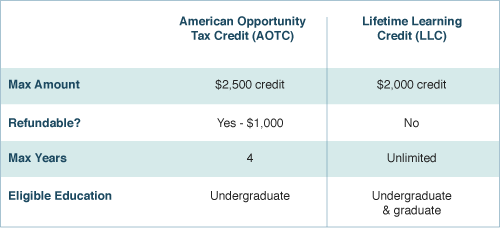Education: Tax Changes You Need to Know
As students gear up to head back to school, there are some changes to education deductions that could save or cost you more in taxes and even raise college tuition costs. Here is what you need to know to get up to speed:
What is gone
Continuing Education as an itemized deduction: In previous years, you could deduct expenses paid for job-related continuing education as a miscellaneous itemized deduction. This deduction has been eliminated. However, if your employer will pay for the education, they can cover up to $5,250 tax-free.
Home equity line of credit (HELOC) interest for education expenses: A popular method of generating cash to pay for school expenses is taking out a HELOC. Beginning in 2018, you can only deduct HELOC interest if you use the loan proceeds to buy, build or substantially improve your home. This means that if you plan to obtain HELOC for purposes of paying for education expenses, the interest will not be deductible.
What’s new
529 plans cover K-12 tuition: Funds from Section 529 savings plans can now be used tax-free to pay for up to $10,000 in K-12 private school tuition per year. Books, supplies or other K-12 expenses are not included in this change, but they are still eligible as legitimate college expenses. Be careful — not all states have adopted the K-12 inclusion, so they might still be taxable at the state level.

Endowment tax of 1.4 percent on certain private colleges: Congress added an investment income tax on private colleges that have large endowments. The tax is expected to impact roughly 30 schools, including Stanford, Harvard and Notre Dame. The effects of the new tax are yet to be determined. However, tuition may increase or reduced financial aid award amounts may be implemented to offset the cost.
What stays the same
Student loan interest deduction: You may deduct up to $2,500 in student loan interest in 2018 as an adjustment to income. To qualify, your adjusted gross income must be below $80,000 ($165,000 for married couples). Phaseouts start to apply at $65,000 ($135,000 for married couples).
American Opportunity Tax Credit and Lifetime Learning Credit: These two educational tax benefits are available once again. Here’s a chart with basic information on these options:

As a reminder, when you make payments for any education expenses, make sure to keep your receipts and retain any Forms 1098T sent to you from qualifying schools.

